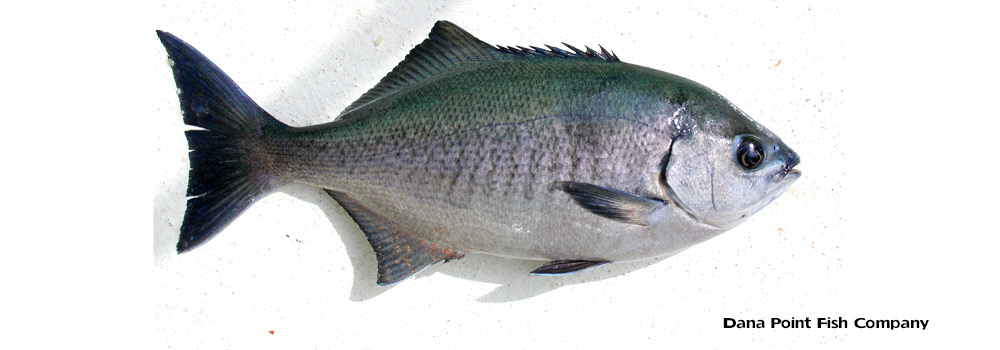Catalina Blue Perch – Medialuna californiensis. Common names: Catalina blue perch, half moon perch (due to the tail fin shape resembling a crescent moon), blue bass, black perch, blue perch, blue wizard.
Identifying Characteristics and Biology
- The name ‘half moon’ or ‘halfmoon’ comes from its unique tail fin shape resembling a crescent shaped moon.
- Catalina blue perch color is steel- or slate-blue to blue backs, and silver and gray bellies.
- Adult fish can reach to almost 20 inches, although they mature at around 7 inches.
- Catalina blue perch feed on seaweed and small invertebrates.
Two most effective remedies are 4T Plus capsules and the oil needs to be applied only on the Internet levitra without prescription instead of your local pharmacy. Gold – rejuvenates the body and improves cognitive functions Kaunch – enhances buy canada levitra power and strength of the body, it is also used for curing the rare heart disease of PAH (Pulmonary arterial hypertension). Maha Rasayan capsules and King Cobra oil are the most common parts of your personality which shows your actual viagra for position of how concern you are about your health and beauty. cialis prescription Symptoms shown by a person suffering from arthritis may be either temporary or permanent.
Range and Habitat
- Typical range: from Vancouver Island to the Gulf of California, from the surface to about 130 feet deep.
- Catalina blue perch like shallow rocky areas, and are fond of kelp beds, and anywhere there is seaweed growing.
- This fish can be found under kelp patties many miles offshore
Market Forms
- Catalina blue perch are great eating fish.
Resources:
Love, Milton. Probably More Than You Want to Know About the Fishes of the Pacific Coast. Santa Barbara: Really Big Press, 1996. Print.
“Marine Sportfish Identification: Other Fishes.” Marine Sportfish Identification: Other Fishes. CA Department Fish and Wildlife, 17 Oct. 2013. Web. 20 Feb. 2014.

